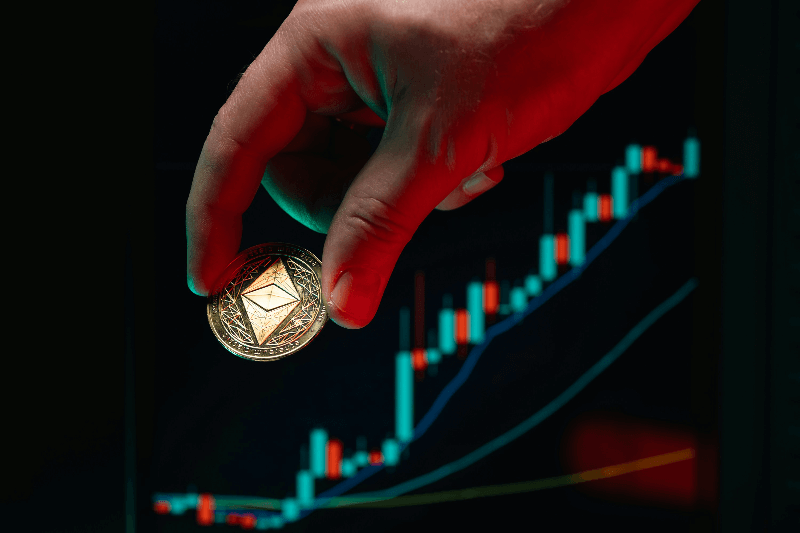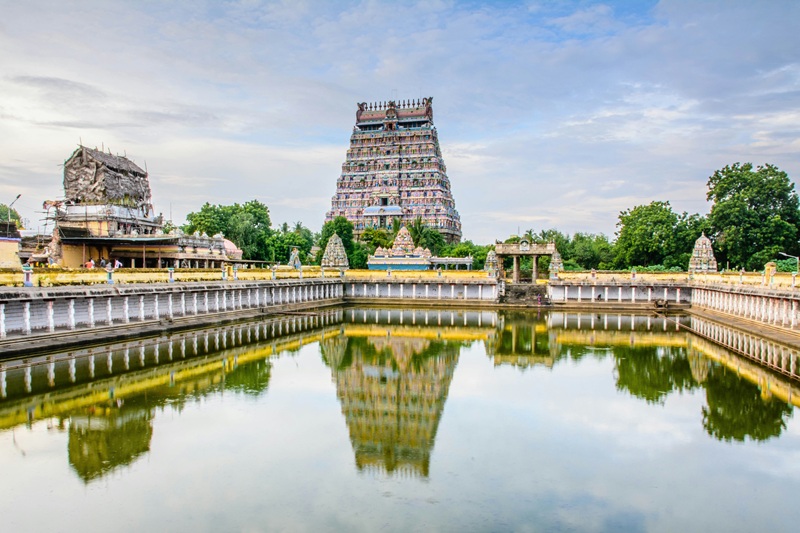Gold has always held a special position in Indian society. It is regarded not just as a precious metal but also as a cultural and financial asset. It plays an important role in the lives of millions of Indians, ranging from weddings and festivals to investments. The most sought-after topics concerning gold are its prices. It varies based on its purity levels. In India, the most common categories of gold are 18 karat (18k), 22 karat (22k), and 24 karat (24k). It is important for anyone who wishes to buy gold jewellery or invest in the metal to understand these variations. For regular updates, checkout india focus daily news for gold rates and current currency exchange rates.
Difference between Karats
The term “karat” indicates the purity of gold. Pure gold consists of 24 karat, which means it contains 99.9% gold without significant purities. Due to pure gold’s softness and malleability, it is often mixed with other metals such as copper, silver, or nickel to make it durable for jewellery.
- 24k Gold: It comprises pure gold (99.9%). It is bright yellow and soft. It is mainly used for coins, bars, and investment purposes rather than jewellery.
- 22k Gold: It contains about 91.6% pure gold and 8.4% other metals. The mixture of these metals makes it strong. It is ideal for intricate jewellery designs. It is used preferably for making ornaments.
- 18k Gold: It contains 75% gold and 25% alloy metals. It is less expensive and more durable. It is available in multiple shades, like rose gold or white gold. It is popular for modern jewellery and luxury pieces, where strength and style are its major concerns.
Gold Rates in India
The gold prices in India are not fixed. It fluctuates regularly. This depends on several factors. These factors are international market trends, currency exchange rates, import duties, and local demand. Generally, 24k gold carries the highest price per gram due to its purity. It is followed by 22k and then 18k. The current gold rate is prominently displayed by jewellers in their stores. Regular updates are provided by other online platforms. For example, for a price of 24k gold being Rs 6,000 per gram, the equivalent rate for 22k would be slightly lower. This is due to its reduced purity. In such cases, 18k would be even more affordable.
Why Purity Matters
Choosing between 18k, 22k, and 24k depends on a person’s needs. 24k is the most preferred choice for investment. It is because of its high resale value and global acceptance. 22k is considered best for daily wear jewellery. It balances purity with strength. 18k is used for designer and fashion jewellery. It offers flexibility, affordability, and variety in designs.
Cultural and Economic Significance
Gold is linked with India’s tradition. There is a sharp rise in gold purchases during festivals like Akshaya Tritiya and Dhanteras. Also, people invest heavily in 22k jewellery during weddings. Barring cultural aspects, gold also acts as a hedge against inflation and economic uncertainties. It acts as a reliable investment avenue for households.
Conclusion
In India, the gold rate and its variations remain an integral part of both lifestyle and financial planning. There are variations in prices for 24 k, 22k and 18k. They are used accordingly by people. 24k is ideal for investment, 22k continues to dominate the jewellery market, and 18k caters to modern tastes. These categories help buyers to make informed choices, ensuring that gold remains a timeless asset for generations.



